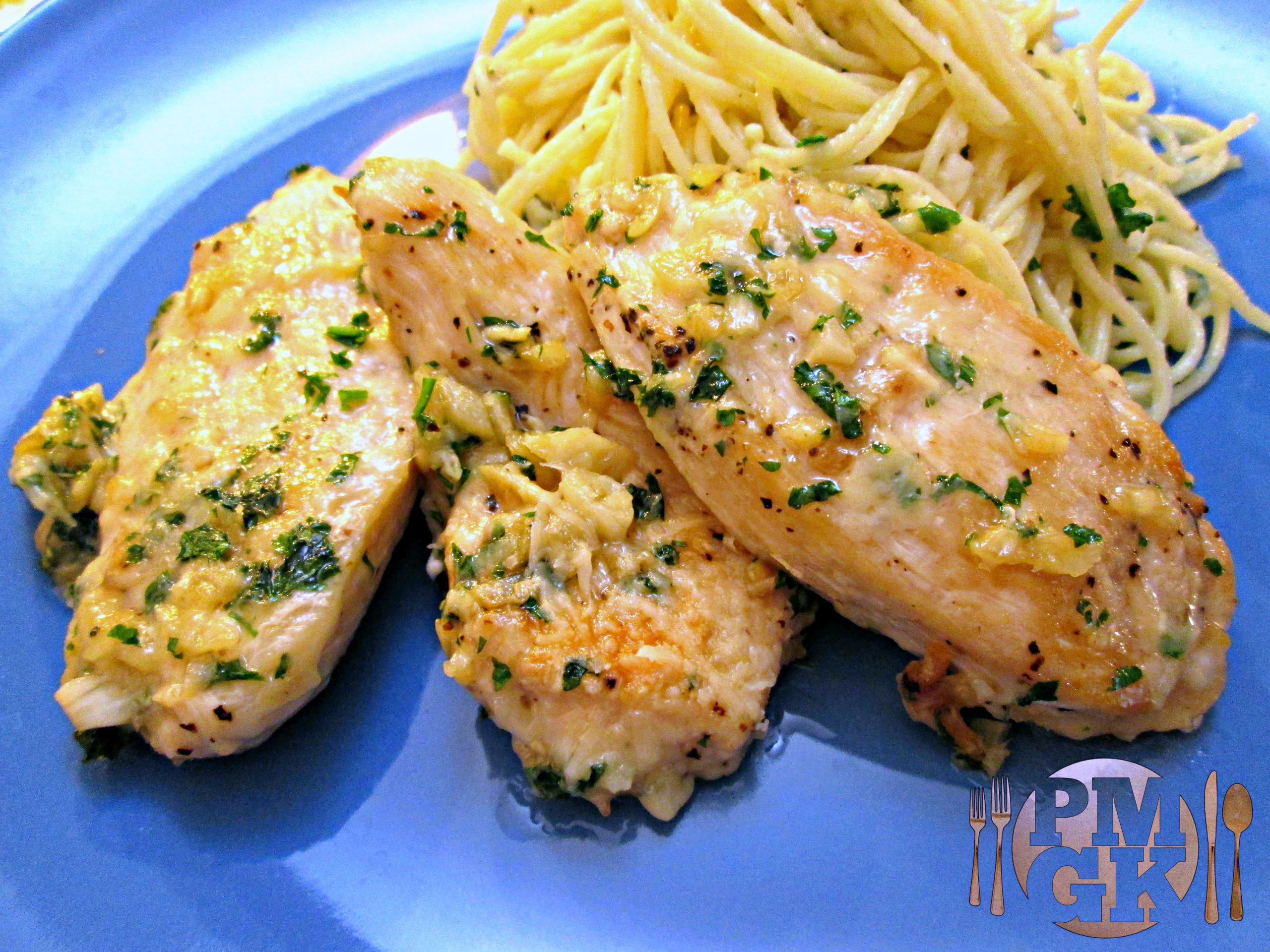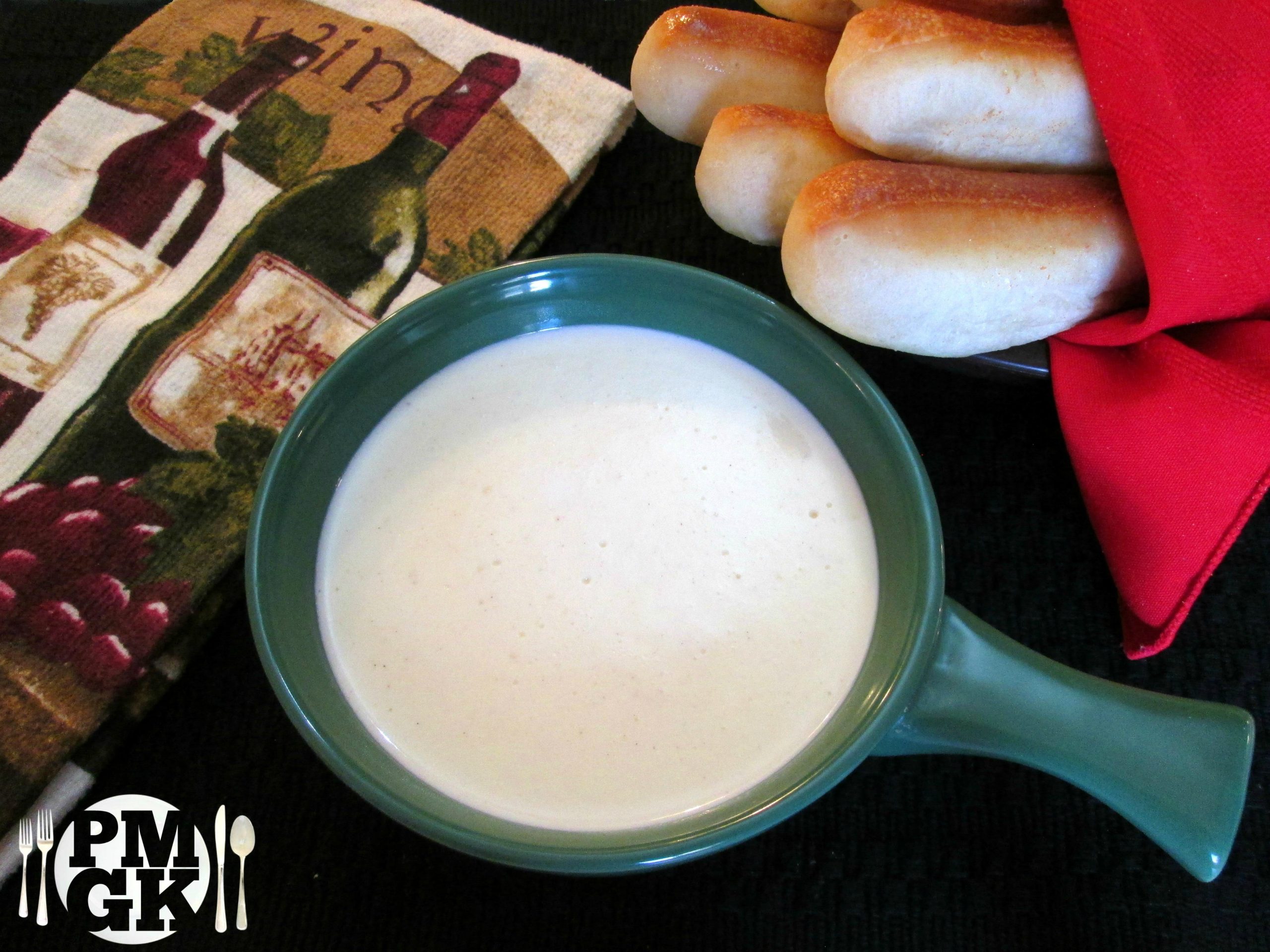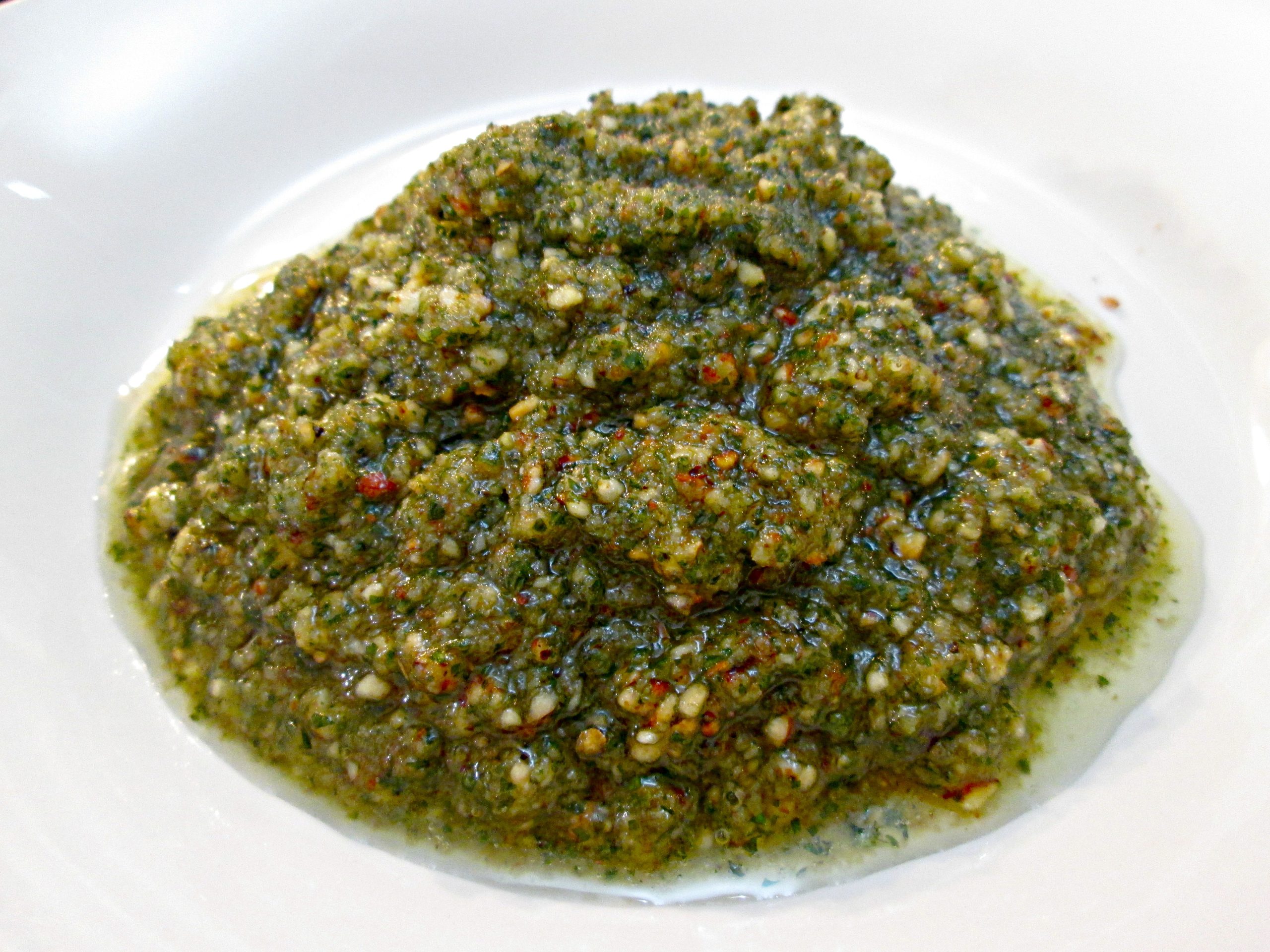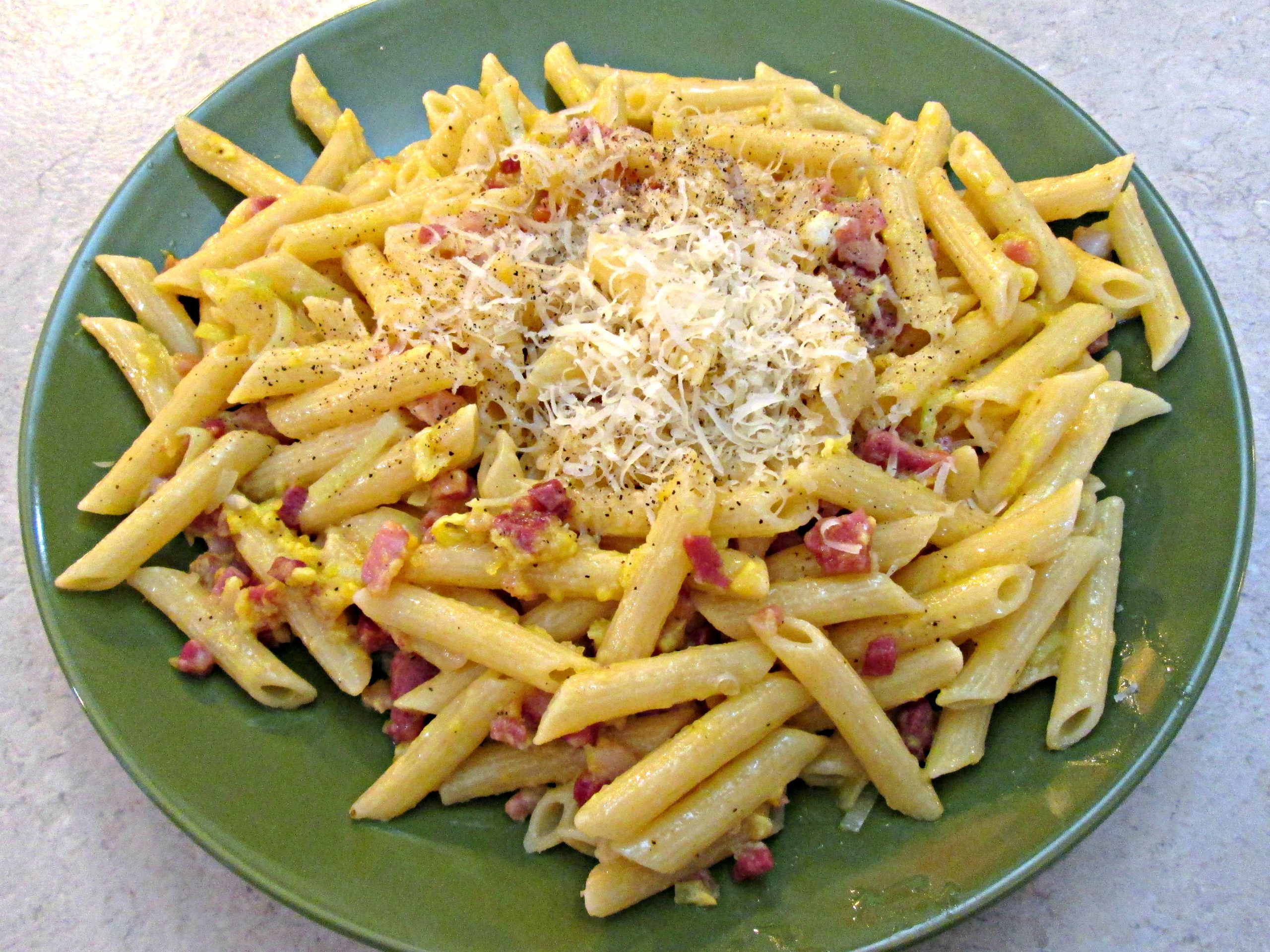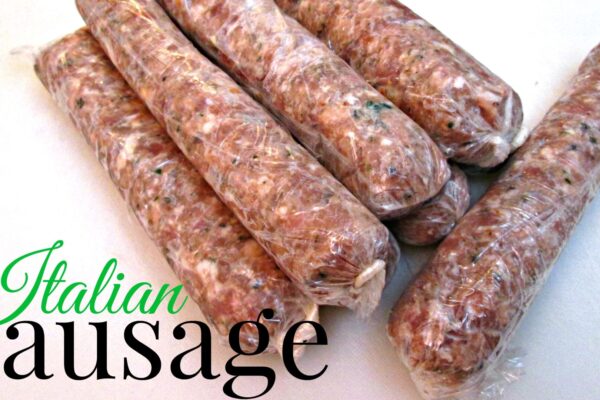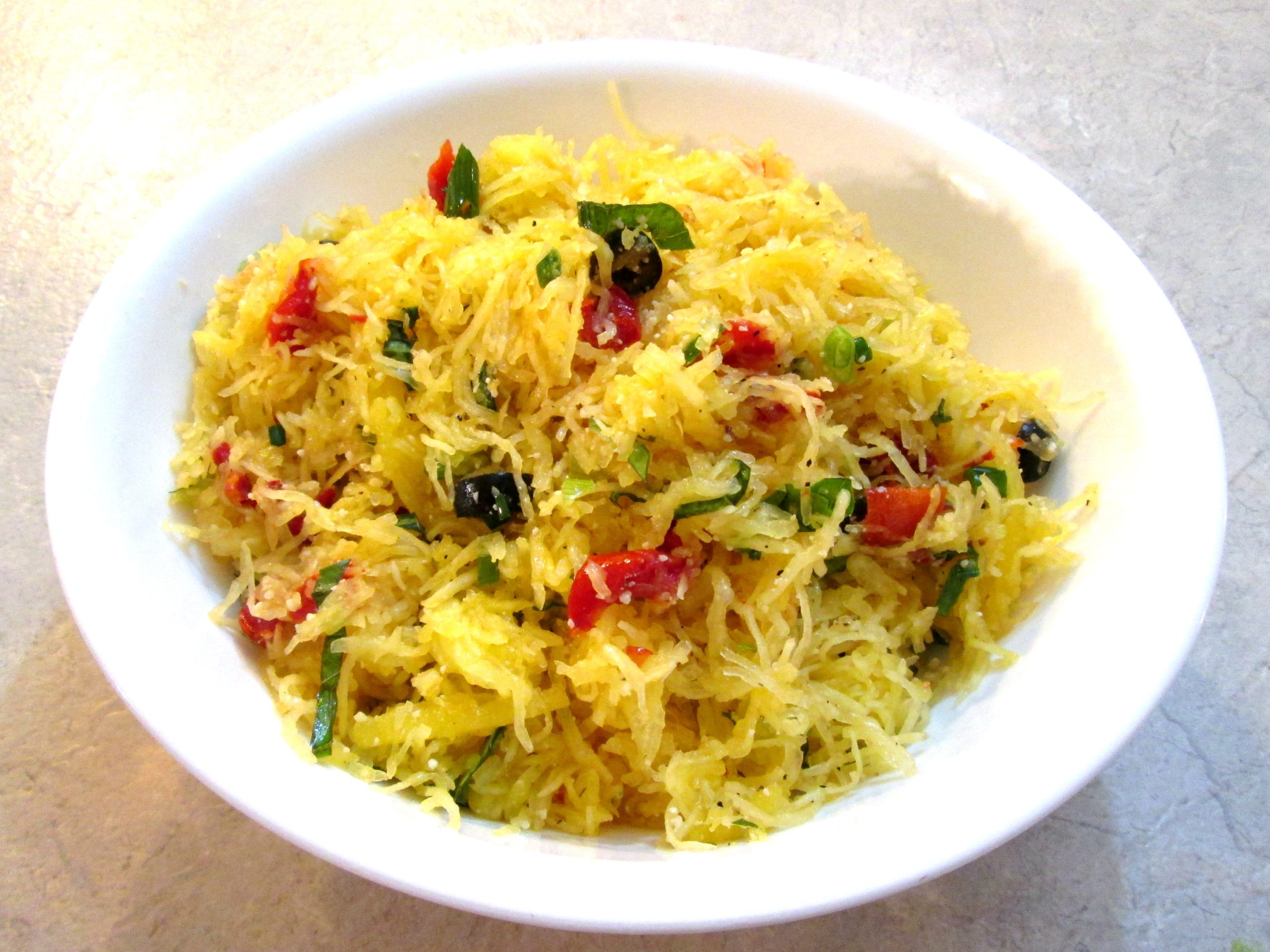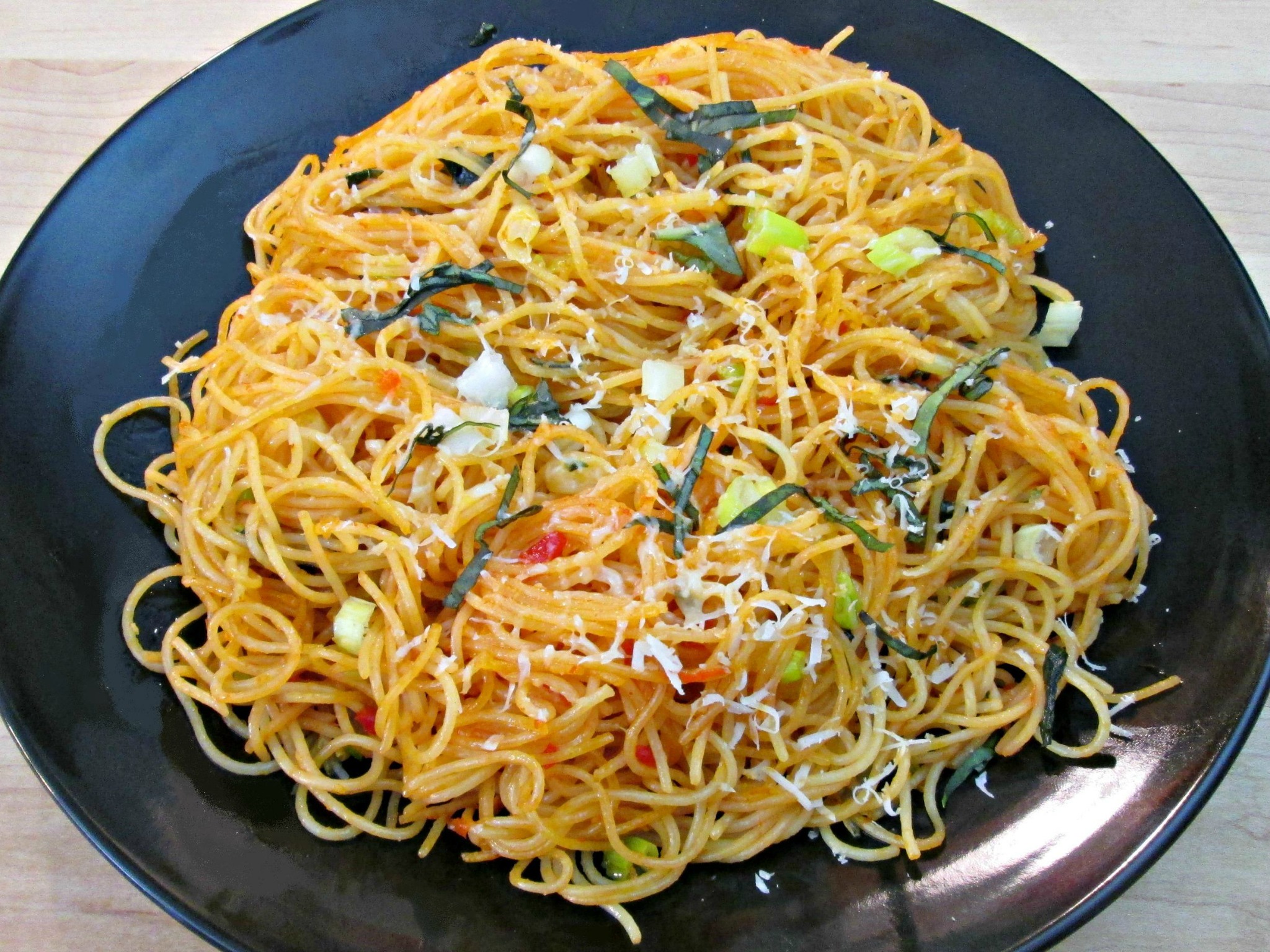
Spicy Noodles
The Best Spicy Noodles If you love Spicy Noodles, you’re in for a real treat. I’ve created a fusion recipe by combining both Italian and Asian ingredients. It’s sweet, spicy and only takes about 15 minutes to prepare and cook, from beginning to end. It isn’t time consuming and the results are tremendously delicious. Plus…


